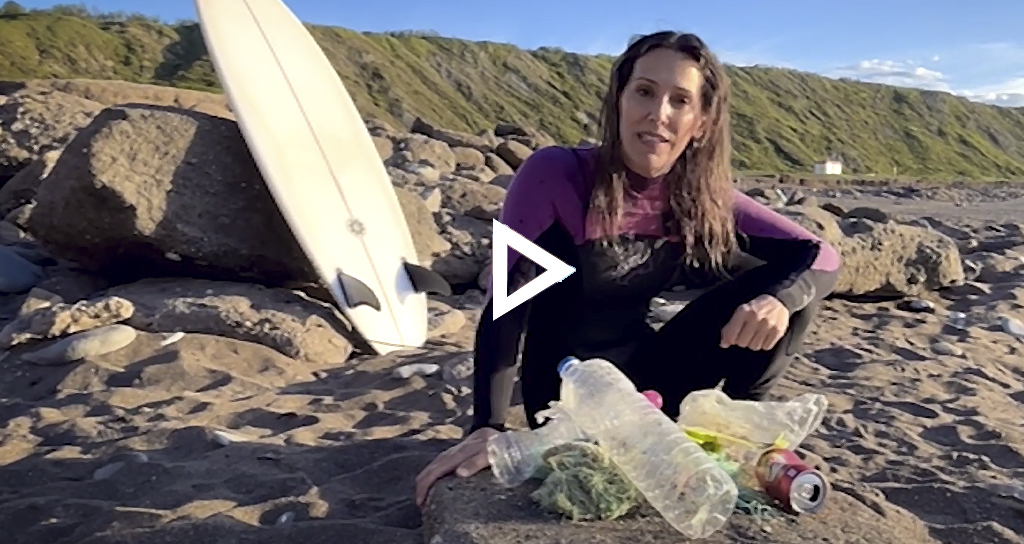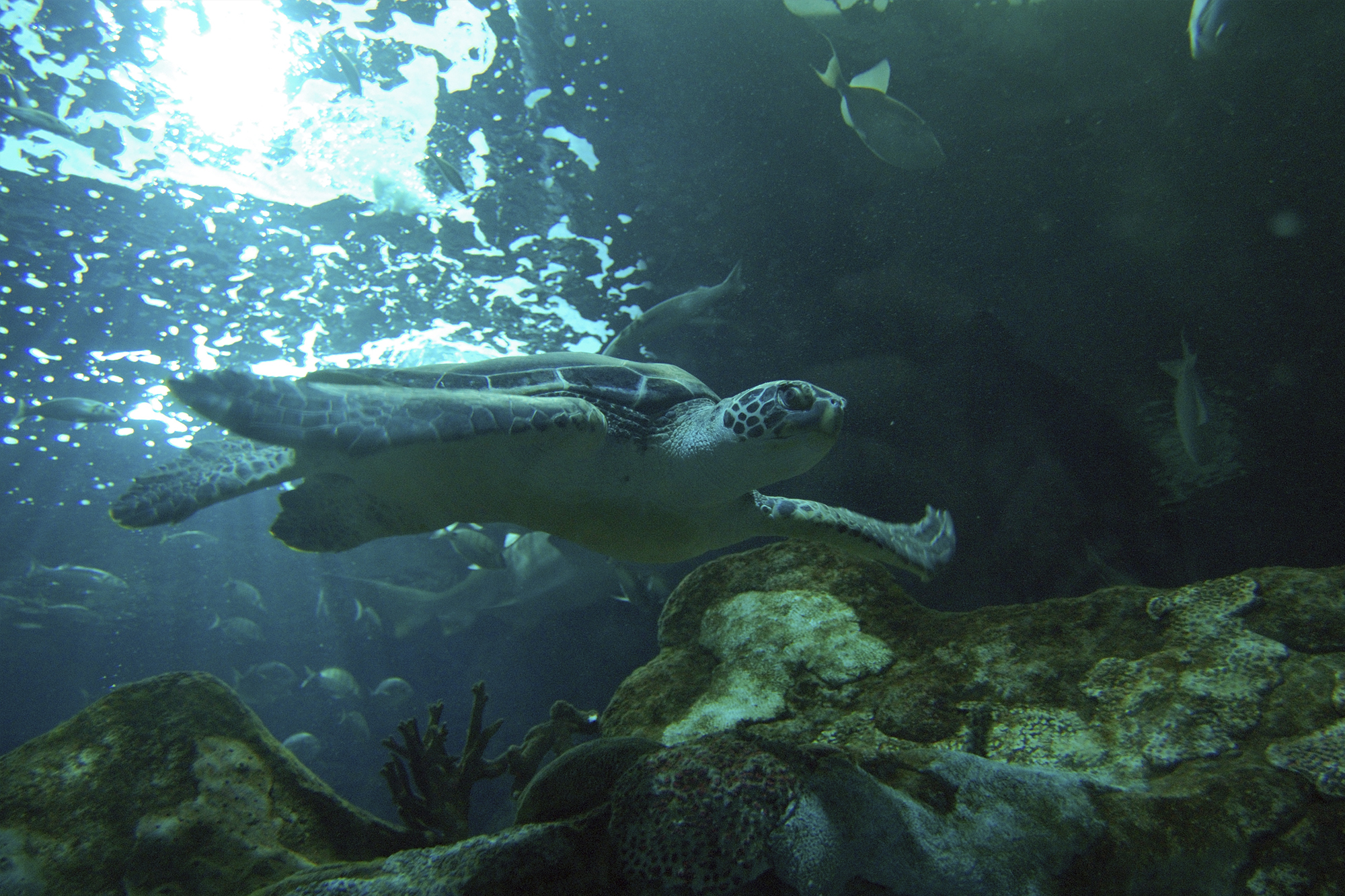(Estimated reading time: 4,20 minutes) –Audio version of article available.
As set forth in SDG 14 (UN Sustainable Development Goal) devoted to submarine life, “our rain, potable water, the weather, the climate, the coastlines, a large part of our food and even the oxygen in the air we breathe comes from, and is regulated by, the sea.” Such is its importance and role in regulating life on the planet that we must pay special attention to how climate change is affecting it, as well as other impacts stemming from human activity.
The sea as a biodiversity preserve. Our oceans are home to almost 200,000 identified species, but the actual figure may be in the millions. They host ecosystems like coral reefs, one of the most diverse and biologically complex in the world, but also one of the most fragile. Changes in ocean water pH due to increased temperatures are making it more acidic and causing the reefs to bleach and die.

What is more, the sea is our great food store. Oceans account for the greatest source of protein in the world, and over 3 billion people depend on marine and coastal biodiversity for sustenance. This is why it is so important to make sustainable use of this food store and make the most of modern aquaculture techniques designed to produce aquatic organisms. Spain is on the cutting edge of these techniques. It stands out in the cultivation of species like mussels, turbot, sole, gilt-head bream, and sea bass.
Ocean currents are essential for good sea and ocean health. They distribute nutrients, salt concentration, and temperature, and help species to migrate. One of the most important deep currents, the thermohaline circulation, covers the Atlantic Ocean basin all the way to the Southern Ocean, acting as a large conveyor belt that guarantees climate balance.
Unfortunately, ocean currents also transport undesired objects, like all the waste pouring into the sea from rivers or as a result of certain disrespectful fishing activities, which end up concentrating in large accumulations called “plastic islands”, given that plastic is the most abundant component. The one in the Pacific Ocean iss 1.6 million km2, the size of Spain, France, and Germany together. The microplastics that come from this waste decomposing are ingested by fish and other organisms and enter our food chain. There are already interesting international projects underway to clean up ocean plastic, like Ocean Cleanup in Holland and Gravity Wave and Upcycling the Oceans in our country, but the main solution is to reduce plastic consumption at the source and prevent plastics from ending up in our oceans.
In acting as a carbon sink, oceans have absorbed almost half the carbon dioxide produced by humans in the past 200 years, buffering the impact of global warming. But its sink capacity is not without limits, and it is already showing signs of exhaustion. Due to thermal expansion and with increased temperatures, in addition to other factors, sea levels are rising. According to the Intergovernmental Panel on Climate Change (IPCC), this increase could reach between 46 and 76 cm at the end of the century, depending on the coastal city, and affect over 190 million people.
As far as solutions are concerned, we cannot ignore maritime transport, responsible for 13% of total CO2 emissions from transport in the European Union, but for which clean energy-based options are being proposed, such as the electric freighters or ferries already in operation, or prototypes for freighters based on wind power.
All actions and technological innovations need to be working in the same direction, preserve our oceans, make sustainable use of resources, mitigate the effects of climate change as much as possible, and help us to adapt to climate change’s unavoidable consequences. Because our future also depends on the future of the seas.







